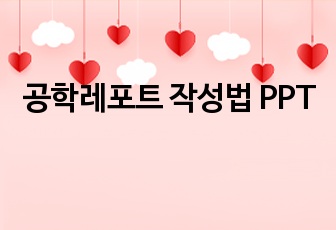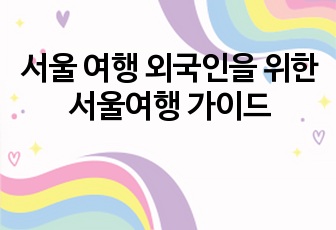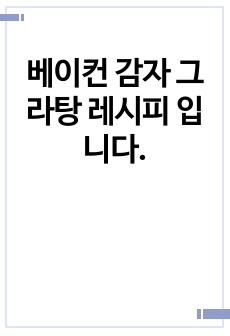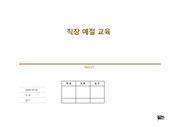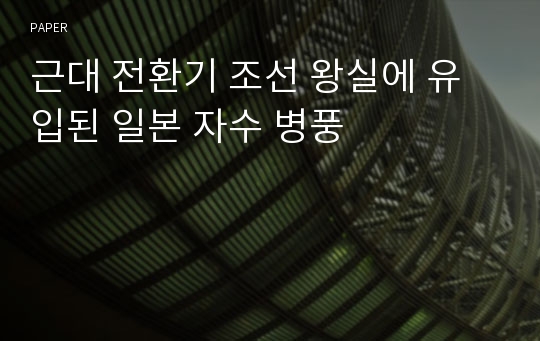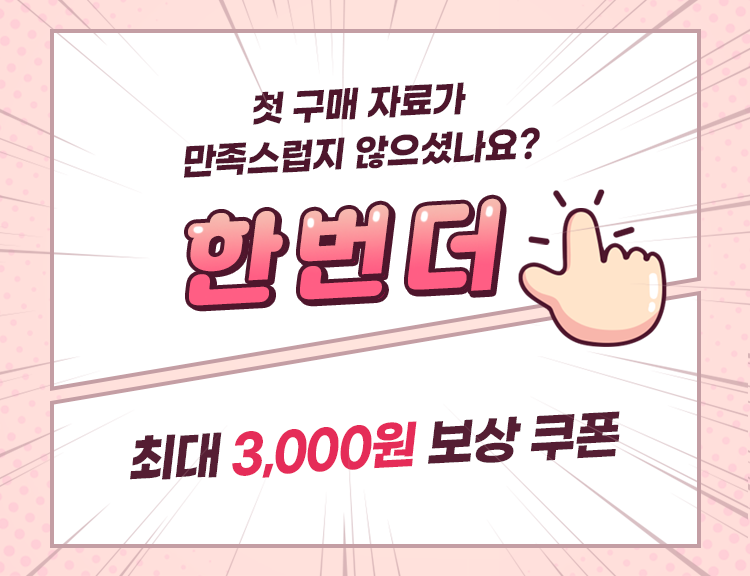근대 전환기 조선 왕실에 유입된 일본 자수 병풍
* 본 문서는 배포용으로 복사 및 편집이 불가합니다.
서지정보
ㆍ발행기관 : 한국미술연구소
ㆍ수록지정보 : 美術史論壇 / 36권
ㆍ저자명 : 김수진
ㆍ저자명 : 김수진
영어 초록
This study examines the historical background on how Kojong became to possess a number of Japanese embroidered screens which are currently preserved in the National Palace Museum of Korea. These embroidered screens were manufactured in Nishijin of Kyoto during the reign of Meiji (r.1868~1912) and sent not only to Korea but also to Europe and the United States.After the opening of the Japanese ports to the West in 1850s, Japanese works of art were enthusiastically welcomed by the Western bourgeoisie in the name of Japonism . Especially pieces of textile arts such as embroideries, dyed silk, and velvet panels won various prizes at a number of international expositions, and middle class people used them to decorate their homes across Europe and the United States. From 1888 to 1896, annual output of embroidered screens in Kyoto reached a hundred thousand. Eventually, art-textiles became Japan’s best-known export items. The producers of Meiji textiles sought to modernize traditional modes of visual representation, and replicated motives of western oil paintings and photography in order to create new images. They also collaborated with traditional Nihonga painters in creating more artistic images on their embroideries. In the meantime, Meiji government dispatched Kyoto craftsmen to Europe to learn advanced manufacture techniques of weaving, dyeing and embroidery of the European taste since 1870s.
Because the textile industry received government’s support, it is not surprising that textile related production accounted for over fifty percent of Japan’s total exports from 1868 until the end of the First World War. Japanese art motives, such as ‘Flora and Fauna,’ and its genres, such as ‘Meishoe (famous landscape),’ gained a great deal of popularity in the West. Thus, the iconographies of those art textiles became to represent Japanese identity and even symbolized Japan itself to the outside world. There is no question about that the art-textile related industry played a crucial role in dramatic economic development of Japan. Under this circumstance, the Japanese imperial household and its government in a number of occasions offered embroidered and dyed textile arts as state presents to other countries, such as Russia, the United Kingdom, Germany, the United States, China, and Korea, in order to show their economic and cultural success.
According to the Annals of Joseon Dynasty, on the occasions of royal wedding, birthday and diplomatic events, Joseon government also received embroidered screens and textile artifacts from Japanese emperors and officials. The presents might be intended to illustrate Japan’s economic and political power to the Korean court. What is noteworthy is that Kojong started to use Meiji embroidered screens instead of the traditional screen of Il’wolobong (the Sun, Moon and Five Peaks) since he proclaimed emperor himself. Along with this, Kojong’s concubine Lady Ŏm also used Japanese embroidered screens along with Korean ones when she took a photograph together with Japanese Resident-General’s wife. It was the time when Kojong actively commissioned production of Korean embroidered screens. Therefore, it seems that Japan’s success of textile industry affected Kojong to imitate the Meiji policy of supporting textile related art. As a result, Kojong established the Bureau of Weaving and Textile and ordered artisans to produce Korean embroidered screens in order to display them in world fairs. All these Kojong’s attempts indicate that Kojong pursued a new agenda for modernization and industrialization by emulating Japan’s success in textile art.












